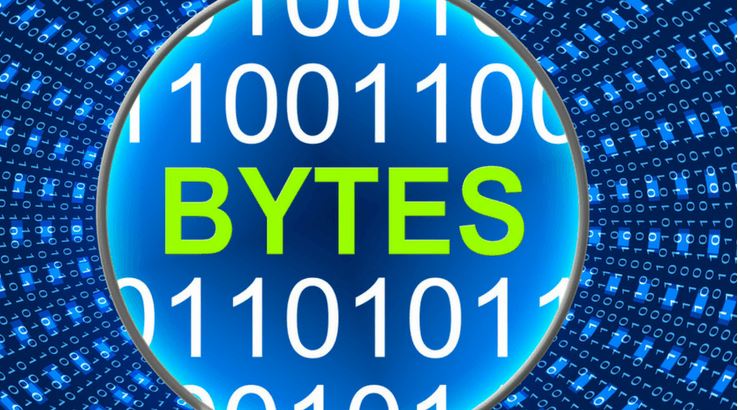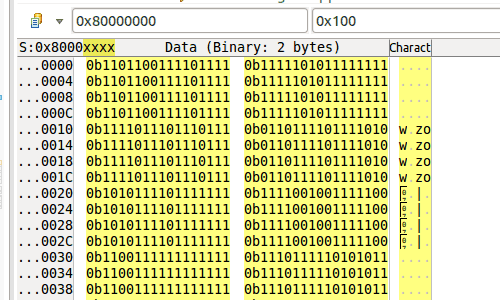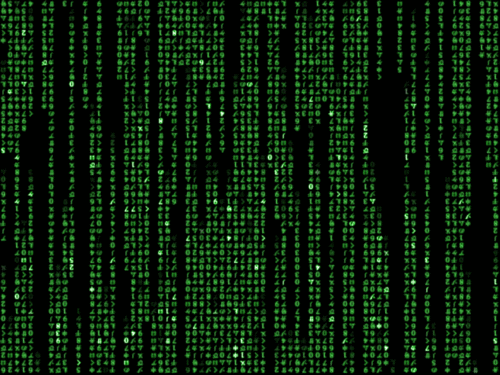
Bits and Bytes are terms widely used in the world of technology. Knowing what these terms mean can help you understand even more about the internet.

Technology is very common and essential in our daily lives. It is through it and our devices that we connect with the world and with people, in addition to allowing us to do things more quickly and access any information, from anywhere and at any time.

For this data exchange to take place, computers and other devices are constantly connected, sending and receiving information through “bits”. That’s when things get a little confusing, but rest assured, next we’ll explain everything in a super simple and easy to understand way.

Also Read : 5 curiosities about virtual attacks that you need to know to protect yourself
Bits and Bytes
In computer networks, bits and bytes are units of data transmitted over network connections. In other words, we can say that they are units of digital measures. For example: in sewing, the most common unit of measurement is centimeter. On the road, it’s kilometers, on TV’s, inches and bits and bytes in digital media.

The name “bits” is an abbreviation for binary digit in English, and it is represented by strings of 0 and 1. Binary codes are the language of computers and they represent from the most basic functions, to information and data that we don’t see.
BYTES
Just as 100 centimeters form 1 meter, 8 bits form 1 byte. The combinations of 8 bits can be the most diverse and a Byte can represent a character, a number, a space or a symbol. This text you are reading, for example, in the language of computers would appear as several sequences of zeros and ones, grouped every eight.

Okay, but in practice, what difference does it make in our lives? Well, in addition to knowing a little more about how communication takes place between computers, bits and bytes influence the speed of the internet and devices we use.
It works like this: the transfer speed is measured by the amount of bits per second (Mbps) sent from one point to another. Upon receiving the information, the computer quickly groups the bits and interprets the respective Bytes, composing the complete information.

This information is stored on the computer and takes up space, depending on its size. For example, when you download a text file from the Internet, you are storing on your computer all the Bytes that make up that text. The larger the text, the more Bytes the file has. And the bigger the file, the more time it needs to be transferred.
Look:
1 3MB audio = 3,145,728 bits.
1 photo of 1MB = 1,048,576 bits
Bearing in mind that M B is megabyte and M b is megabits, which is another important piece of information: megabyte (MB) is the most common way of expressing data transfer rates, because it deals mainly with bits and bytes in thousands. For example, your home internet network can download data in 1 million bytes every second, which is best described as 8 megabits per second, or 8 Mbps.
For this reason, in the commercials of internet providers it is common to find the speed represented in Mb instead of MB. So, if you hire a 10Mb internet, it means that it is, in fact, 1.25 MB. It is important to have this information very clear when hiring a plan or measuring the speed of download and upload, and also remember this especially in those moments when your internet seems to be “too slow”.
But remember: the National Telecommunications Agency (Anatel) determines that companies must provide at least 80% of the average monthly transmission fee and 40% of the instantaneous transmission fee. That is, when hiring a 10 Mbps plan, for example, the average monthly minimum speed will be 8Mbps. The instantaneous speed will be 4Mbps. The rule applies to fixed connections and mobile devices.
Also Read : Shorts : How the new YouTube app competing with TikTok works


